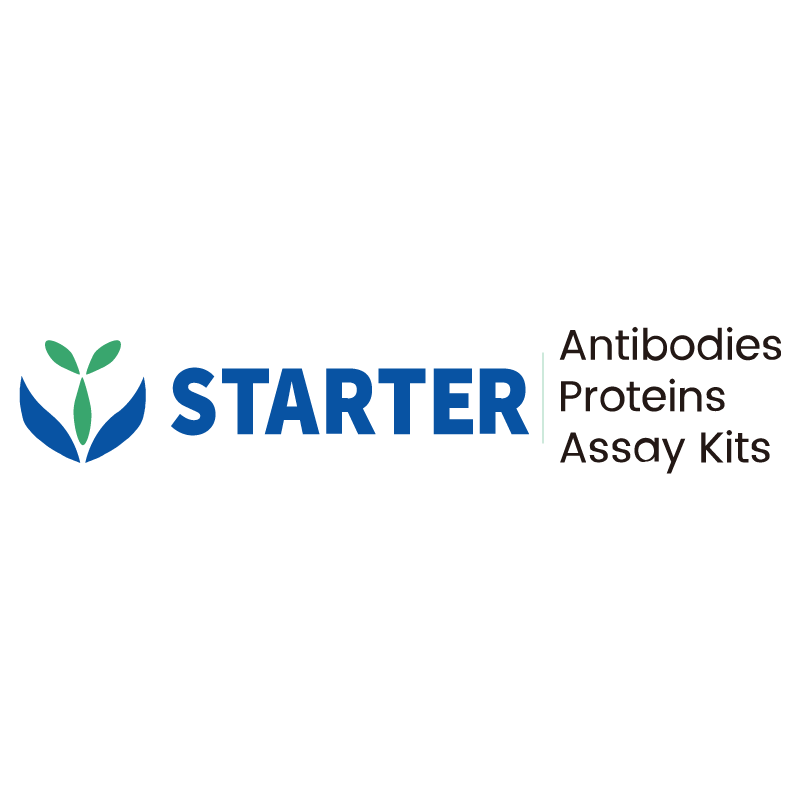Flow cytometric analysis of HUVEC (Human umbilical vein endothelial cell) treated 20 hours with 10 ng/ml Human TNF-α (Red) or untreated (Green), labelling Human CD106 antibody at 1/2000 dilution (0.1 μg) / (Red) compared with a Mouse IgG1, κ (Black) isotype control and an unlabelled control (cells without incubation with primary antibody and secondary antibody) (Blue). Goat Anti - Mouse IgG Alexa Fluor® 647 was used as the secondary antibody.
Product Details
Product Details
Product Specification
| Host | Mouse |
| Antigen | CD106 |
| Synonyms | Vascular cell adhesion protein 1; V-CAM 1; VCAM-1; INCAM-100; VCAM1 |
| Location | Secreted, Cell membrane |
| Accession | P19320 |
| Clone Number | S-2895 |
| Antibody Type | Mouse mAb |
| Isotype | IgG1,k |
| Application | FCM |
| Reactivity | Hu |
| Positive Sample | HUVEC treated with TNF-α |
| Purification | Protein G |
| Concentration | 2 mg/ml |
| Conjugation | Unconjugated |
| Physical Appearance | Liquid |
| Storage Buffer | PBS pH7.4 |
| Stability & Storage | 12 months from date of receipt / reconstitution, 2 to 8 °C as supplied |
Dilution
| application | dilution | species |
| FCM | 1:2000 | Hu |
Background
CD106, also known as vascular cell adhesion molecule 1 (VCAM-1), is a protein encoded by the VCAM1 gene in humans and belongs to the immunoglobulin superfamily. It is a cytokine-inducible cell surface protein that mediates the adhesion of leukocytes to vascular endothelium, playing a crucial role in immune responses and inflammation. CD106 is primarily expressed on endothelial cells, but its expression can also be found in other cell types such as smooth muscle cells and mesenchymal stem cells. The upregulation of CD106 in endothelial cells is induced by cytokines like tumor necrosis factor-alpha (TNF-α) and interleukin-1 (IL-1), and it is involved in various pathological conditions, including atherosclerosis and rheumatoid arthritis. In addition, CD106 is essential for embryonic development, particularly in the formation of the umbilical cord and placenta.
Picture
Picture
FC


